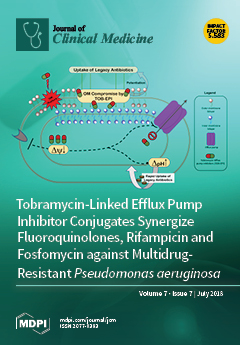Background: Polycystic ovary syndrome (PCOS) is a common endocrine disease in women of reproduction age and a major cause of anovulatory infertility. Insulin resistance plays an important role in the development and durability of this disorder. ANGPTL2 is known as an inflammatory mediator derived from adipose tissue that links obesity to systemic insulin resistance, and obestatin has been identified as a hormone associated with insulin resistance that suppresses food reabsorption, inhibits gastric emptying and decreases weight gain. The aim of this study was to evaluate serum levels of ANGPTL2 and obestatin in PCOS women with normal body mass index (BMI). Methods: In this case-control study, 26 PCOS women based on the Rotterdam 2003 diagnostic criteria as the case group and 26 women with normal menstrual cycles as the control group were enrolled. Serum levels of ANGPTL2, obestatin, insulin and other hormone factors related with PCOS were measured by ELISA method and biochemical parameters were measured by an autoanalyzer. Data were analyzed by independent samples-
T test, Chi Square, Correlation and a single sample Kolmogrov–Smirnov test using SPSS software, version 16. Results: There were no significant variations in the amount of ANGPTL2, obestatin, cholesterol, low-density lipoprotein-cholesterol, high-density lipoprotein, cholesterol, creatinine and dehydroepiandrosterone-sulfate between the two groups. There were significant increases in serum levels of fasting blood sugar (
p = 0.01), insulin (
p = 0.04), homeostasis model assessments of insulin resistance (
p = 0.04), testosterone (
p = 0.02), luteinizing hormone (
p = 0.004), luteinizing hormone/follicle stimulating hormone (
p = 0.006) and prolactin (
p = 0.04) in case group compared to the control group. A significant positive correlation was observed between ANGPTL2 and insulin (
p = 0.02), HOMA-IR (
p = 0.01) and, on the other hand, a significant negative correlation was observed between obestatin and insulin (
p = 0.01), HOMA-IR (
p = 0.008) in PCOS group. Conclusions: In this study, no significant variations were observed in serum levels of ANGPTL2 and obestatin in PCOS women with normal BMI.
Full article






